THIS ARTICLE/PRESS RELEASE IS PAID FOR AND PRESENTED BY NTNU Norwegian University of Science and Technology - read more
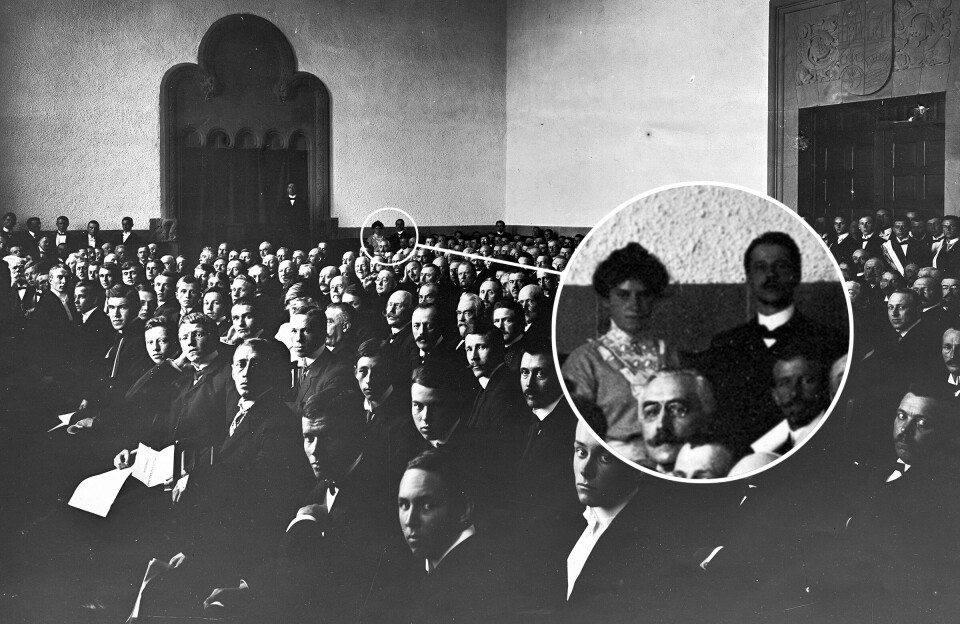
Aslaug Urbye was Norway's first female civil engineering student
When she entered the lecture hall at Norway's Institute of Technology, the other students started making scraping sounds with their chairs.
It's a festive day in Trondheim. King Haakon is present. Schools and shops are closed, and Norwegian flags fly over the city. It is September 1910 and Norway's Institute of Technology (NTH) in Trondheim is about to be inaugurated with its first cohort of students.
Over a hundred students, professors, staff, and invited guests, all men, sit closely together. Everyone turns to the photographer as the historic moment is immortalised.
Farthest away, standing by the wall, one can make out a young woman. Her name is Aslaug Urbye, Norway's first female civil engineering student.
“Urbye only studied for a year and a half before she discontinued her studies. She stated that she quit because of an eye disease, but was that the only reason?" Anette Lykknes wonders.
She is a science historian and also has a background in chemistry. She obtained a doctorate on the radiochemistry pioneer Ellen Gleditsch.
Gleditsch was Norway's second female professor and worked alongside Nobel Prize winner Marie Curie. Gleditsch’s work contributed to establishing the half-life of the radioactive metal radium.

Uncomfortable entering the lecture hall
Lykknes sits and studies the picture of the packed auditorium in Trondheim, with the lone woman standing by the wall.
Who was she? And who were the first women to choose to study at NTH? What motivated them to study industrial chemistry? What career opportunities did they have, and to what extent were they helped by mentors along the way?
“I became very curious about this girl, Aslaug Urbye, and I managed to get in touch with a relative of hers," Lykknes says.
He had a report written by an engineer who had lived with Urbye in Rjukan. She had told him that it was uncomfortable to enter the lecture hall at NTH.
The other students started making scraping noises with their chairs as soon as she entered the room.
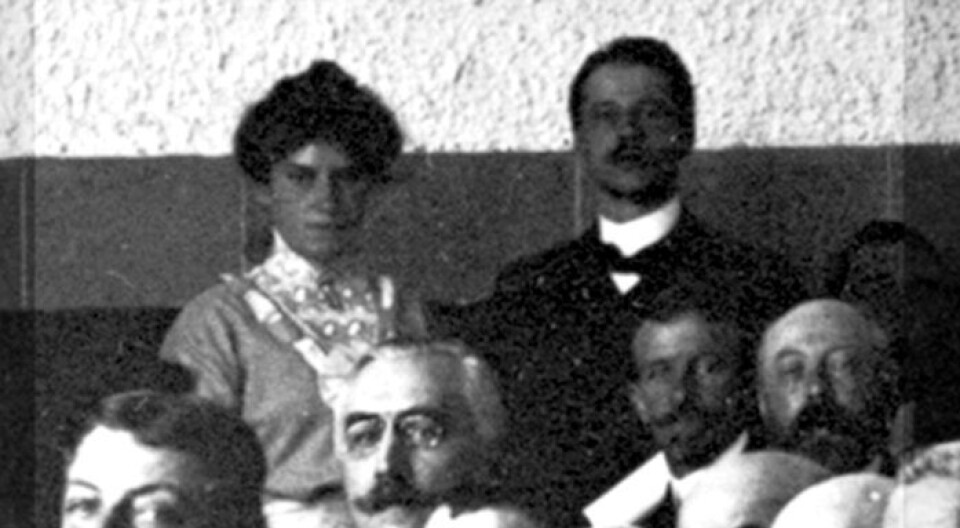
Aslaug Urbye
Aslaug Urbye was born in 1889 and must have been very interested in studying industrial chemistry.
She started her studies at the Royal Frederick University (now the University of Oslo) after being denied admission to the Kristiania Technical School in 1907 on the grounds that she was a woman.
In 1909, she became a laboratory assistant at Norsk Hydro in Notodden and later at the Notodden Salpetre Factory.
In 1910, she was admitted to NTH as the only woman in the entire institute.
She married in 1912, had five sons, and lived most of her life near Rjukan. Her husband was involved in establishing Norsk Hydro's saltpetre factory there.
The only one without a beard
Curiosity about the lone young woman in the banquet hall led Lykknes to research the stories of the first female chemistry students at NTH.
She found a collection of biographies of the first 10 cohorts of engineers from NTH, where Urbye is mentioned as the only one without a beard.
"There were no other women at NTH at that time, not even secretaries. That picture of her is a really powerful photo,” Lykknes says.
She chose to investigate 16 of the first female chemistry students to complete their education.
A highly prestiguous competence
Lykknes has studied the lives and careers of three of these women in detail. Each of them represents three different branches of industry in Norway in the early 20th century.
"The unique position of NTH as an educational institution during this period motivated many ambitious women to choose a career in the chemical industry," she says.
When NTH opened in 1910, Norway was experiencing rapid industrial development, including hydropower development and the establishment of power-intensive electrochemical industries.
NTH's task was to educate engineers who would contribute to this development. The college was considered central to building a new independent Norway.
“The expertise gained at NTH was associated with high prestige. This led to women being able to break barriers that they encountered in Norwegian society at the beginning of the 20th century,” Lykknes asys.
Margot Dorenfeldt
Margot Dorenfeldt (1895-1986) graduated from NTH in 1919.
Her father was trained as an engineer in Germany, and her mother had studied chemistry at the Trondhjem Technical Institute.
In 1920, Dorenfeldt became a lecturer at the Royal Frederick University (now the University of Oslo) where she researched the atomic weight of the element chlorine (Cl).
For short periods, she worked as deputy chief chemist at Tofte cellulose factory, alongside her husband Eugen Holtan, who was also a chemist.
In 1946, she was employed by the Ministry of Industry, where she later became a bureau clerk for the Wood Processing Office.
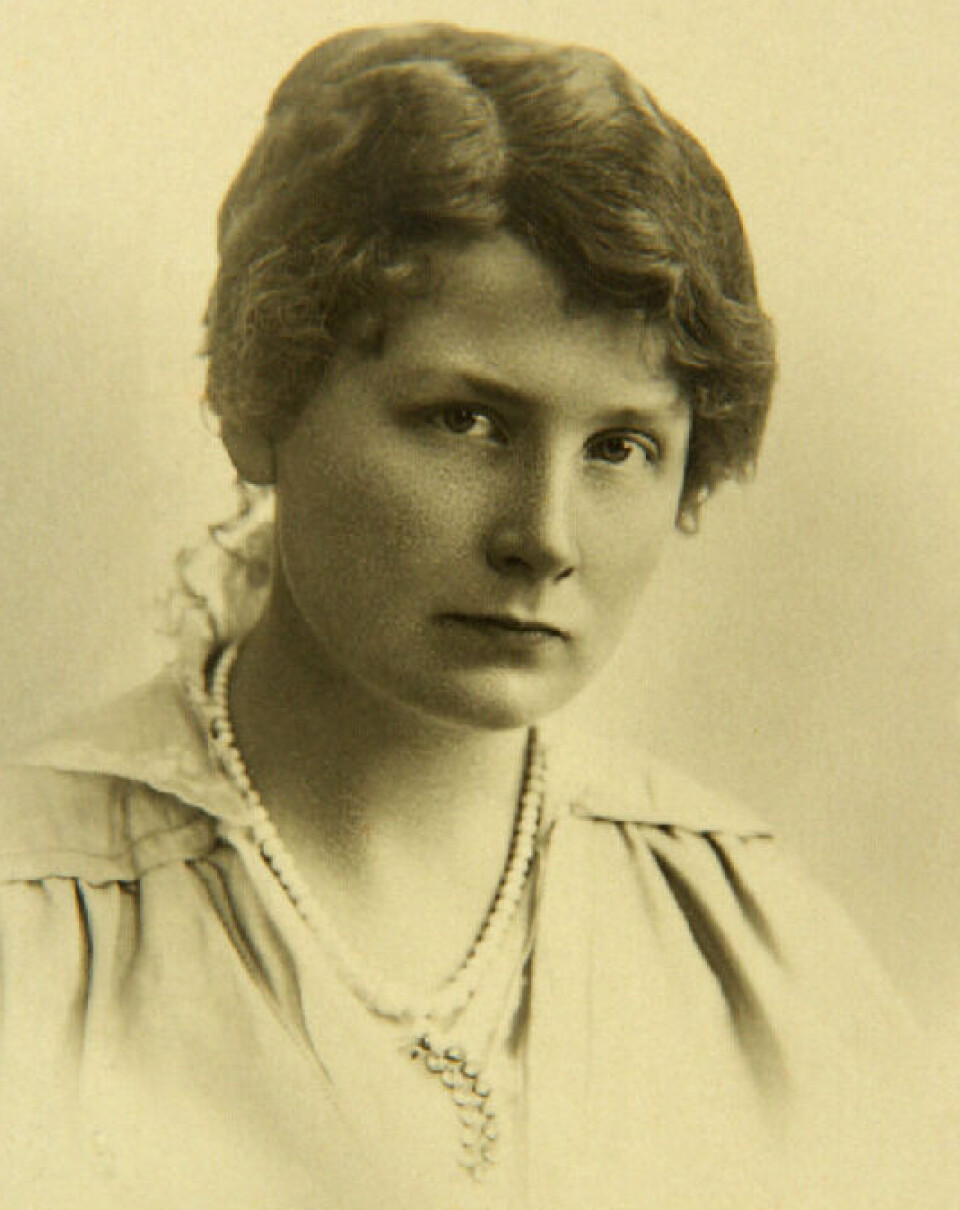
Important to have a mentor who could open doors
The most important thing needed to succeed as a female chemical engineer in the early 20th century was to have a mentor.
Most often, this mentor would be a father or a husband. However, it could also be a professor who supported his student and helped her get a foothold in the chemical industry or other work.
"The classic example is having a father who is an engineer. Many of these women had that advantage. It often meant they were supported in their choice of education. They also became familiar with the profession and knew what it entailed. A father could also provide important contacts," Lykknes says.
She emphasises that it was crucial for the mentor to hold a position in the industry.
“Having a position mattered much more than working together with renowned international researchers. We can see this in the case of Ellen Gleditsch. Although Gleditsch was in Nobel Prize winner Marie Curie's circle, it had little significance for her future career in Norway. The most important thing was to receive support from a man who had a position in the industry," Lykknes says.
Jørgine Stene
Jørgine Sten, also known as Jørgine Sørensen (1905-1997), graduated from NTH in 1929.
For several years, she was a research assistant in technical-organic chemistry at NTH, where she studied vitamin A in fish.
Later, she became a chemist at the Nidar chocolate factory. There, she was involved in developing the chocolate brand Stratos.
When her husband, Nils Andreas Sørensen, became professor of chemistry at NTH, she left the chocolate factory to work alongside him.
In 1938, they traveled to Heidelberg to work with Richard Kuhn, who received the Nobel Prize in Chemistry the following year. In Heidelberg, Stene Sørensen studied the substance astaxanthin, which is known for giving salmon and lobster their characteristic red colour.
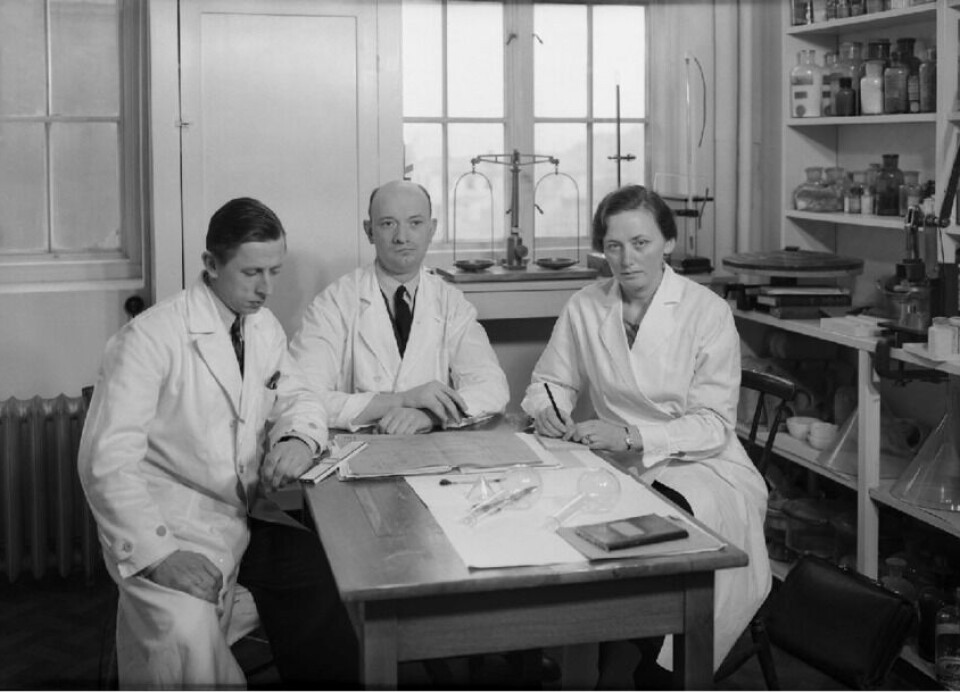
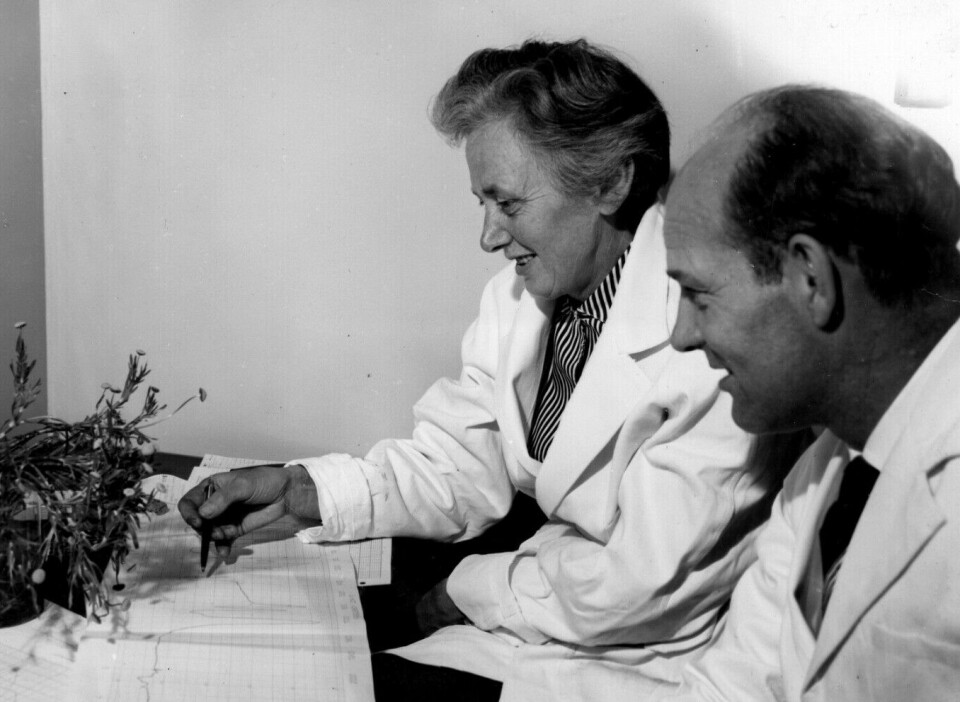
Women were expected to drop their career when they married
It was expected that women would drop their careers when they got married, Lykknes notes.
"These first women had a strong determination to succeed," she emphasises. "They really wanted this. The majority of women who graduated worked in the industry for a period. They lived in a time when there was an expectation for women to step back when they got married."
Women who married another researcher often did not have paid, independent positions. However, they gained access to laboratories, collaborators, and were assigned independent tasks.
Liv Ranfrid Tessem
Liv Ranfrid Tessem began studying at NTH in 1924.
After her studies, she got a job at a local smelting plant owned by her metallurgy professor, Harald Pedersen. The plant later became part of Ila and Lilleby smelting works.
Tessem worked on analysing raw materials such as quartz and iron ore. From 1953, she worked at NTH's laboratory for materials testing.
Tessem never got married, which was a common characteristic among the majority of women who remained in the chemical industry for several years.
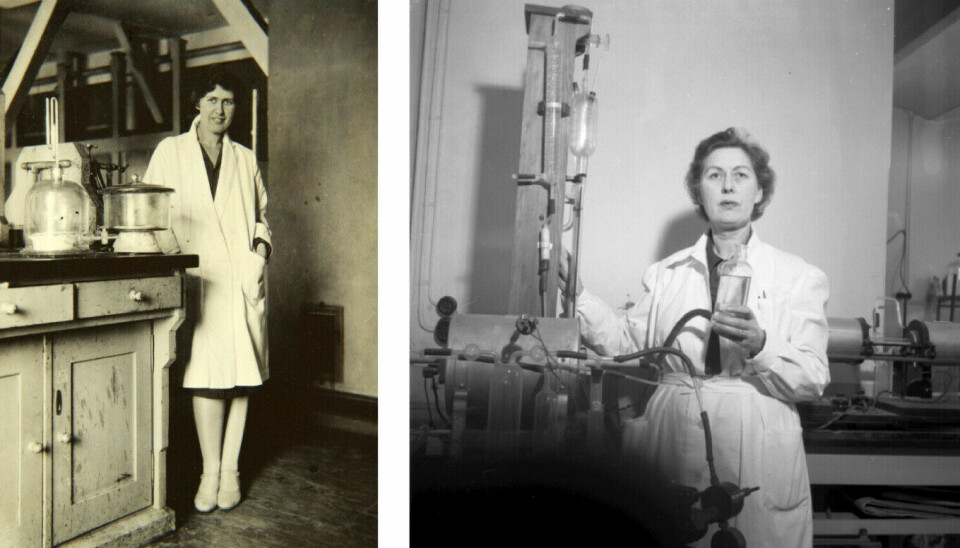
Reference:
Annette Lykknes. Enabling Circumstances: Women Chemical Engineers at the Norwegian Institute of Technology, 1910-1943, Ambix, vol. 69, 2022. DOI: 10.1080/00026980.2022.2098897
Read more content from NTNU:
-
Why are pregnant women in Norway so worried?
-
Politics on Facebook: Populist parties choose divisive issues on purpose
-
Social media is connected to cyberbullying – but not how we thought
-
Forskere ved NTNU får nesten 24 millioner av EU for å lage nye strømomformere
-
This helps the youngest children enjoy school more
-
Can we tap the ocean’s power to capture carbon?





































